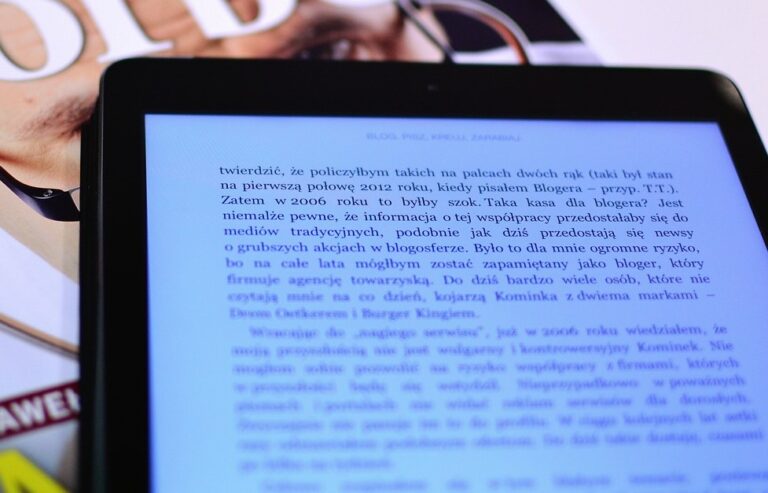Using E-ink technology, e-readers like the Amazon Kindle can have a display that uses very little power but looks much like paper.
Like paper books, reading through an e-reader like the Amazon Kindle is easy on the eyes. Its displays can be read from any angle, even in bright sunshine, and its batteries last for weeks.
The e-ink technology and its devices continue to advance and provide useful advantages. Here’s a look at what E-ink is and how it works.
Table of Contents
What is E-ink
To simulate the look of printed ink on paper, electronic ink (E-Ink) has been developed as a display technology. Thus, the majority of these displays only support black and white. In contrast, colour e-readers are enjoying rising demand.
Sony’s Librie, an e-reader launched in Japan in 2004, was the first device to use an E-Ink display. Since its ebooks had a 30-day expiration and were only available in a file format that was extremely restrictive in terms of digital rights management (DRM), it never caught on with the general public.
The Kindle’s debut by Amazon in late 2007 marked the beginning of E-meteoric Ink’s rise to prominence. It also featured a display resolution of 800 by 600 pixels and the same range of grayscales as the Librie. The contrast wasn’t great, but you could bring a complete digital library with you everywhere you went, so it became popular.
Since then, e-ink technology has advanced substantially. They are now standard on the Amazon Kindle Oasis and the eleventh-generation Amazon Kindle Paperwhite, the company’s best Kindles.
There are other gadgets out there besides Kindles that use E-Ink screens. Sony, B&N, Kobo, and Bookeen are just some of the companies that have tried to outdo each other throughout the years. Some older cell phones utilised this method of operation.
E-Ink displays, however, are not exclusive to mobile gadgets. They have numerous applications, including watches, ID cards, monitors, smart cards, and electronic billboards. Yet ultimately, e-readers, such as the Kindle and its derivatives, have been and will continue to be E-major Ink’s function.
How does E-ink work
With E-Ink technology, millions of microscopic capsules containing black and white pigment are suspended in a clear fluid. The fluid layer is located between two electrode layers. One of which is negatively charged to counteract the positive charge of the white pigment, while the other is positively charged to counteract the negative charge of the black pigment. One “pixel” (a display element) represents each area. Electrophoresis is the term for what is happening here.
The electrode layers are charged in a way that alters the ratio of pigment in each location. Which in turn causes the screen to display a range of grayscale intensities. As a result, the negatively-charged black pigment goes to the bottom of the fluid layer when the bottom electrode generates a positive electric field. And, the positively-charged white pigment is pushed to the top. All the white colouration adds up to a single white pixel.
In contrast to a liquid crystal display, which needs a constant supply of electricity to maintain its image. With E-Ink, electricity is only usable to locally alter the polarity of electrodes. A single charge can keep your e-reader going for up to a month. That is because it only requires power when you turn the pages.
To further lessen the impact on battery life, e-Ink devices only update the pixels that must be updated with each page turn. If a pixel is always black on every page, for example, the reader doesn’t waste any time or power because nothing has to change.
Certain pixels, however, may get trapped and refuse to move even when presented with a different polarity. This can cause text to leave an imprint even after the page changes. Ghosting is a common web development issue that you can resolve by simply refreshing the entire page. This is why you may experience moments where the screen goes dark, then white, and finally returns to the website you were viewing. And it’s not just e-readers that can benefit from E-Ink screens. By using an e-ink screen, you can make your own unique and interesting creations.
E-ink improves your e-reading experience
The E-Ink display technology in your e-reader is responsible for its excellent visibility from every angle, legibility in direct sunlight, and long battery life. This device allows you to read in the dark without straining your eyes thanks to its integrated illumination system.
Despite its shortcomings, E-ink has progressed over the years. And is now on a wide variety of devices, from multimedia tablets to e-readers. Buying an e-ink gadget now will prove to be a wise investment along the road.
Read also: The best and cheapest eBook readers of 2022: prices and features












